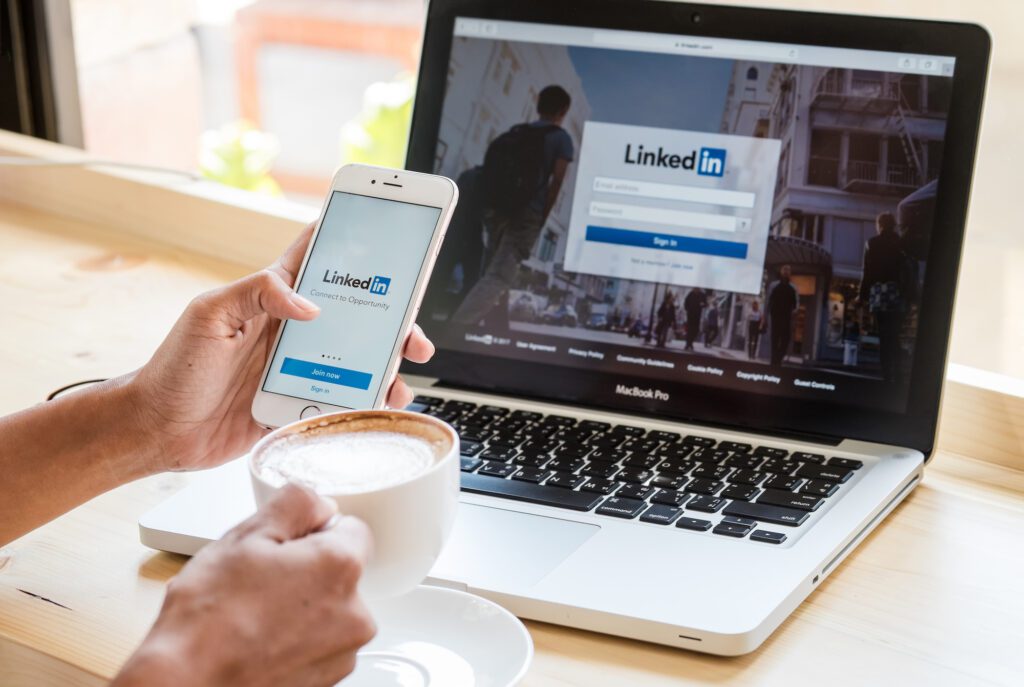You might find it surprising that last year, 86% of marketers used influencer marketing and 94% found it effective. Those are impressive stats since influencer marketing struggled for years to become a legitimate marketing channel. But its time has come. Influencer marketing has found its footing as a proven strategy and a growing marketing channel.
 So what’s working? Of the marketers who used influencer marketing in 2016, 89% used it to create authentic content about their brand, 77% drove brand engagement and 56% used influencers to drive traffic to their websites or landing pages, according to the study from Linqia.
So what’s working? Of the marketers who used influencer marketing in 2016, 89% used it to create authentic content about their brand, 77% drove brand engagement and 56% used influencers to drive traffic to their websites or landing pages, according to the study from Linqia.
With all that success, this year marketers are upping budgets per influencer program to $50,000 to $100,000 from $25,000 to $50,000, the study found. Even so, measuring ROI is still a challenge. Most marketers (81%) cite engagement as the best way to measure influencer marketing. Another 62%, reported analyzing the quality of traffic driven to their websites.
To make sure every dime is put to good use, eMarketer is offering a handful of changes marketers should be aware of as 2017 gets underway.
For example, some might think that celebrities, with all their glam and huge followings, might deliver better results. However, consumers can find them disingenuous and experts say results can be tepid. Marketers are contracting with micro and middle-influencers, who have smaller audiences, yet pull better results because they have more legitimacy and trust with their audiences. This article also shares which social platforms are trending as influencer marketing channels and the best distribution channels for your content, among other trends. Read the article …
Related articles:
How to Turn Paid Influencers into Real Marketing ROI
New Health & Wellness Influencer Network Brings Greater Reach to Marketers


 Network
Network

